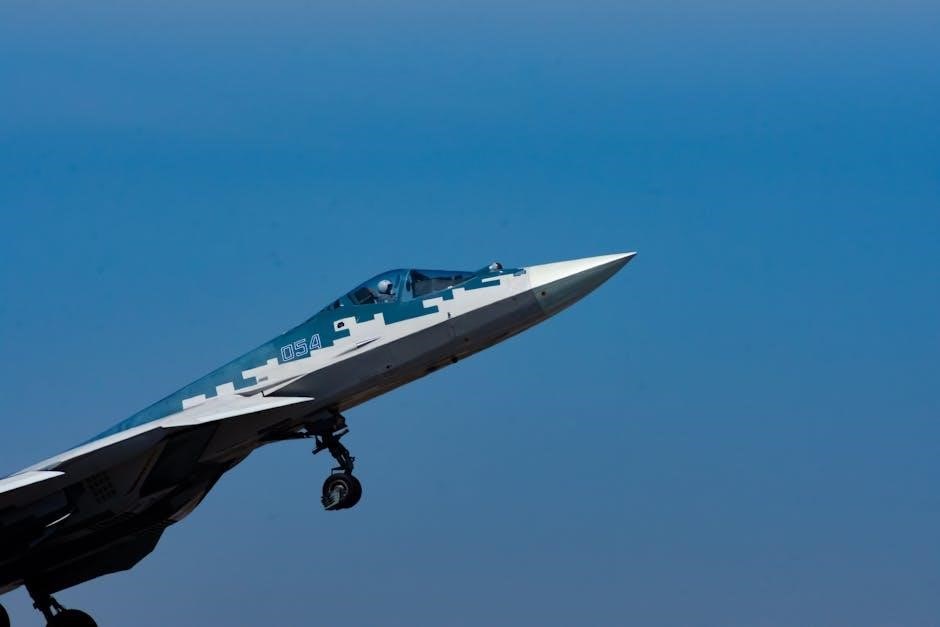Overview of the 4-2-5 Defense
The 4-2-5 defense is a versatile scheme designed to effectively counter both run and pass offenses. It employs four down linemen, two linebackers, and five defensive backs. This formation prioritizes speed and athleticism on the field and adaptability against spread formations.

Origins and Influences
The 4-2-5 defense draws inspiration from both the 4-3 and 3-3-5 defensive schemes. It blends the six-man box strength of the 4-3 with the defensive backfield coverage adaptability found in the 3-3-5 alignment.
Roots in 4-3 and 3-3-5 Defenses
The 4-2-5 defense represents a hybrid approach, strategically merging elements from the established 4-3 and the more modern 3-3-5 defensive systems. The foundation of the 4-2-5’s front seven, particularly the four down linemen and two linebackers, is heavily influenced by the traditional 4-3 structure, providing a solid base against the run. This allows for a strong pass rush capability, essential for disrupting opposing quarterbacks.
However, the 4-2-5 distinguishes itself with its secondary, drawing heavily from the 3-3-5’s emphasis on defensive backs. Incorporating five defensive backs allows for increased speed and coverage versatility, better equipping the defense to handle spread offenses and complex passing schemes. This combination creates a balanced defensive approach.

Key Principles of the 4-2-5
The 4-2-5 defense hinges on two core tenets: generating consistent pressure on the quarterback and prioritizing athletic players at every level. This strategy allows for both an aggressive and adaptable defensive approach.
Emphasis on Pressure and Athleticism
A core tenet of the 4-2-5 defense is the relentless pursuit of pressure on the opposing quarterback. This is achieved through a combination of strategic blitzes, stunts, and the natural pass-rushing abilities of the four down linemen. The goal is to disrupt the quarterback’s timing and force hurried throws, leading to turnovers or incomplete passes. This requires athletic defensive linemen capable of winning one-on-one matchups and linebackers who can effectively time and execute blitzes.
Furthermore, athleticism is paramount throughout the entire defense. The defensive backs must possess the speed and agility to cover receivers in space, while the linebackers need the range to effectively defend both the run and the pass. The emphasis on athleticism allows the 4-2-5 to be a fast and aggressive defense that can react quickly to changing offensive formations and play calls. This emphasis helps create turnovers and stops offenses effectively.
Balance Against Run and Pass
The 4-2-5 defense is deliberately structured to strike a balance between defending the run and the pass effectively. The four down linemen provide a solid foundation for stopping the run, while also generating pressure on the quarterback. The two linebackers are tasked with reading the play and filling gaps to prevent significant gains on the ground. Their dual role makes them vital for maintaining defensive integrity.
Simultaneously, the five defensive backs allow for versatile coverage schemes to neutralize the passing game. This includes the ability to play both zone and man coverage, as well as disguise coverages to confuse the quarterback. The 4-2-5’s adaptability is achieved through strategic player positioning, and well-designed play calls enable adjustments on the field.

Personnel and Positions
The effectiveness of the 4-2-5 defense hinges on having players with specific skill sets at each position. The defensive line typically consists of two defensive tackles focused on interior disruption and two defensive ends responsible for edge rushing and containing the run. These players must be strong, quick, and disciplined in their assignments.
The two linebackers in the 4-2-5 are crucial for run support and short pass coverage. One linebacker is often designated as the “Mike” linebacker, responsible for calling out plays and leading the defense. The secondary features two cornerbacks tasked with covering wide receivers, two safeties providing deep coverage and run support, and a nickel back who covers slot receivers and provides additional pass defense. Each position demands speed, agility, and excellent tackling abilities.
Playbook Content and Strategies
A 4-2-5 playbook encompasses a team’s defensive philosophy, formations, coverages, stunts, and blitzes. It outlines how to build a defense and strategies to stop the run and pass, utilizing various schematic concepts.
Defensive Philosophy and Building a Defense
Building a successful 4-2-5 defense starts with a clear defensive philosophy. This involves defining the team’s identity, emphasizing aggression, discipline, and relentless pursuit of the ball. The core principle often revolves around creating pressure on the quarterback while maintaining a solid run defense.
Developing a cohesive unit requires teaching fundamental techniques, gap control, and coverage responsibilities. Coaches should focus on simplifying concepts, enabling players to react quickly and decisively. A strong emphasis is placed on communication and trust among the front six and defensive backs.
Furthermore, the playbook should adapt to diverse offensive schemes, offering flexibility in personnel and play calling. Building a successful defense means tailoring the scheme to the team’s strengths and weaknesses, creating a unit that is both adaptable and effective.
Formations, Coverages, Stunts and Blitzes
The 4-2-5 defense offers a variety of formations, coverages, stunts, and blitzes to disrupt opposing offenses. Base formations often include alignments that present a six-man box to deter the run, while adjustments can be made to prioritize pass defense against spread formations. Coverages typically consist of Cover 1, Cover 2, Cover 3, Cover 4, and robber concepts, allowing for versatile responses to different passing attacks.
Stunts and blitzes are crucial for generating pressure on the quarterback. These tactics can involve interior blitzes, off-tackle blitzes, and edge blitzes, designed to exploit weaknesses in the offensive line. Effective stunt and blitz packages require coordinated movements and clear communication among defensive linemen and linebackers.
The ability to seamlessly transition between formations, coverages, and pressure schemes is paramount to the 4-2-5’s success.
Advantages of the 4-2-5
The 4-2-5 defense presents numerous advantages in modern football, primarily its adaptability. It is effective against both the run and the pass, making it a balanced scheme; The five defensive backs allow for excellent coverage against spread offenses and skilled receivers. This alignment makes it easier to match up with athletic quarterbacks and wideouts, providing better opportunities for interceptions and pass breakups. The four down linemen generate consistent pressure, disrupting passing lanes and forcing quick decisions.
The scheme is relatively simple to install, making it accessible for teams at various levels. The emphasis on speed and athleticism allows for aggressive play and quick reactions. The flexibility in coverage and blitz packages keeps offenses guessing.
Overall, the 4-2-5 is a versatile and effective defense in today’s game.

Notable Implementations
Several teams have successfully implemented the 4-2-5 defense. One prominent example is the Boise State Broncos under coordinator Ron Collins. Their success demonstrates the scheme’s effectiveness and adaptability at a high level of competition.
Boise State Broncos under Ron Collins
The Boise State Broncos’ 4-2-5 defense, orchestrated by Ron Collins in 2002, stands as a notable example of the scheme’s effectiveness. This implementation led to a remarkable 12-1 record. Collins’ approach showcased the defense’s potential to dominate opponents through strategic alignments and adaptable coverages. He also enhanced the team’s performance. This allowed for a dynamic response to various offensive formations. The Broncos’ success under Collins highlights the 4-2-5’s versatility in stopping both the run and the pass.
Collins’s impact underscores the importance of a well-executed defensive strategy. This allowed the team to achieve significant results. The team’s success emphasized that athletic ability and strategic play are essential for a strong defense.
